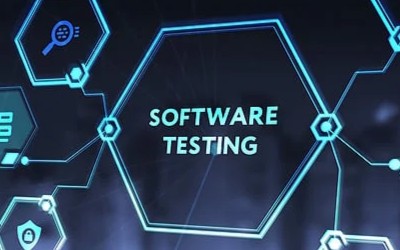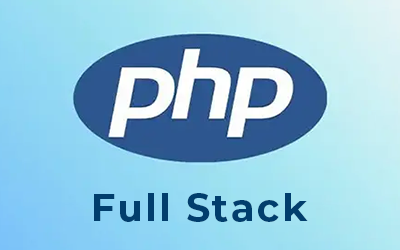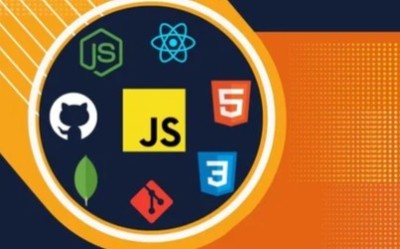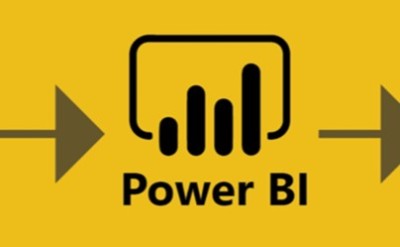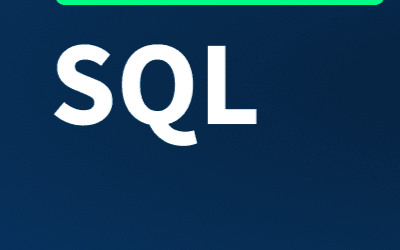Course description
Highlights:
- Introduction to Data Analytics: Understand the role of data analytics in business and its key
methodologies. - Data Cleaning and Preparation: Learn the essential techniques for cleaning and preparing rawdatafor analysis. - Exploratory Data Analysis (EDA): Discover patterns, trends, and relationships within the data usingvarious statistical methods. - Statistical Analysis: Learn basic and advanced statistical techniques to analyze data and makepredictions. - Data Visualization: Learn how to present data visually using popular tools like Excel, Tableau, andPower BI. - Predictive Analytics: Understand how to build simple predictive models and use forecasting
methods.
Course Objective:
By the end of this course, you will be able to: - Clean and prepare data for meaningful analysis. - Perform exploratory data analysis to uncover insights. - Apply statistical methods to interpret data and perform hypothesis testing. - Visualize and communicate data findings effectively. - Build basic predictive models and use analytics tools for decision-making. - Present and interpret analytics results for business stakeholders.
Course Structure:
1. Introduction to Data Analytics
- Understanding the role and importance of data analytics in business decision-making. - Overview of the data analytics process: Data Collection, Cleaning, Analysis, and Presentation. - Introduction to tools used in data analytics: Excel, SQL, Python, R, Tableau, Power BI. - Key concepts in data analytics: Data types, data structures, and data quality
2. Data Cleaning and Preparation
- Data preprocessing: Handling missing values, duplicates, and inconsistencies. - Transforming data for analysis: Scaling, normalization, and encoding categorical variables. - Techniques for merging, reshaping, and aggregating data. - Using Excel, Pandas (Python), and R for data cleaning and preparation.
3. Exploratory Data Analysis (EDA)
- Introduction to EDA and its importance in understanding data. - Visualizing data distributions with histograms, box plots, and scatter plots. - Identifying correlations, trends, and patterns within data. - Using statistical methods for hypothesis testing and feature selection.
4. Statistical Analysis
- Descriptive statistics: Mean, median, mode, variance, standard deviation. - Probability theory and its application in data analysis. - Inferential statistics: Confidence intervals, hypothesis testing, and p-values. - Understanding correlation, causality, and regression analysis. - Statistical tests: T-tests, chi-square tests, ANOVA, and correlation tests.
5. Data Visualization
- Principles of effective data visualization and storytelling. - Using Excel and Tableau for creating charts, graphs, and dashboards. - Visualizing complex data sets with Power BI and advanced visualization tools. - Designing interactive dashboards for stakeholders and decision-makers. - Best practices for communicating data insights clearly and concisely
6. Predictive Analytics
- Introduction to predictive analytics and its use in forecasting. - Building basic regression models for prediction and trend analysis. - Time series analysis for forecasting future trends. - Introduction to machine learning algorithms for predictive modeling: Linear regression, DecisionTrees, and k-Nearest Neighbors.
- Model evaluation and validation techniques: RMSE, R-squared, and cross-validation
7. Advanced Analytics Techniques
- Introduction to multivariate analysis and clustering techniques. - Predictive modeling with machine learning algorithms. - Introduction to optimization techniques for decision-making. - Using big data tools like Hadoop and Spark for large-scale analytics. - Real-time analytics and stream processing with tools like Apache Kafka.
8. Capstone Project and Real-World Applications
- Working on an end-to-end analytics project from data collection to insights. - Applying data cleaning, exploratory analysis, and predictive modeling to solve business problems. - Presenting results through visualizations and actionable recommendations. - Portfolio development: Building a portfolio of completed analytics projects.
Learning Methodology:
- Interactive Lessons: Learn through hands-on tutorials, coding examples, and case studies that
demonstrate the practical applications of data analytics. - Practical Projects: Apply your skills in real-world projects, from data collection and cleaning tobuilding predictive models. - Assessments and Quizzes: Test your knowledge and reinforce key concepts with quizzes andassignments. - Live Sessions: Participate in live Q&A sessions to clarify doubts, ask questions, and interact withinstructors. - Discussion Forums: Collaborate with peers, ask questions, and solve problems together in dedicateddiscussion spaces.
Who Should Enroll:
- Beginners interested in learning data analytics. - Business analysts or professionals looking to deepen their understanding of data analysis for
decision-making. - Statisticians, data scientists, or IT professionals who want to gain proficiency in analytics tools andtechniques. - Managers and executives seeking to use data insights for better strategic planning and business
growth. - Students in fields like economics, business, or computer science who want to explore a career indata analytics. This Data Analytics course will equip you with the skills to clean, analyze, and visualize data, allowingyou to derive meaningful insights and make informed decisions. Whether you're starting your career
in analytics or looking to advance your skills, this course will provide you with the essential tools andknowledge to excel in the field.


